
Numbering in thousands, public schools in Sindh wear a depressing look, marked by unavailability of teaching staff and lack of proper basic facilities such as toilets, drinking water and electricity, let alone playgrounds or laboratories. Around 8.7 million children in Sindh are out of school, including two million at the primary level. Literacy rate is 55% and the net enrolment is 48%. Girls’ drop-out ratio is higher than that of boys. Gender disparity in getting an education is highly explicit in tribal and rural areas of Sindh. However, each year billions of rupees are apportioned for the education sector, but no one knows where they are utilised.
Moreover, the private school mafia is generating billions of rupees every year but is not providing quality education and a proper learning environment for children. A lot of private school buildings in Sindh are housed in spaces not exceeding 600 to 700 feet, where children do not have playgrounds and laboratories.
To improve the education system, the Sindh government introduced the biometric verification system to check school staff attendance, but it has failed desperately. To run the system, monitoring officers are appointed on huge salaries, although their responsibility is only limited to verifying teachers’ availability and report the situation to chief monitoring officers. At the management level, no one takes serious actions to fill the identified gaps such as vacant positions, substandard teaching methodologies and crumbling school infrastructure. In fact, the induction of biometric system has not improved the quality of education. As a result instead, thousands of schoolteachers have resigned; and with no new recruitment done to replace them, schools are shut down.
Besides, due to poor quality of public schools, parents belonging to the affording class — including many public schoolteachers themselves — have enrolled their children in private schools. There is also a widespread trust deficit between parents, public schools and tehsil- and district-level education management.
On top of that, there are 200 students in a classroom at public schools on an average. How can quality education be imparted in such a situation? The universal education principle is just 25 students per teacher. Besides, there is a shortage of classrooms and teachers as well. In many schools, a single teacher takes care of students in different grades and teaches seven to eight subjects. Another reason that affects the quality of education is that school management committees do not seem to take on their roles and responsibilities with honesty and sense of ownership.
To fix the education system in Sindh, long-term political will and untiring efforts by educational institutions is needed. The provincial government needs to prioritise education reforms. There should be a universal and uniformed education system. At district and provincial levels, education departments must be capacitated and strengthened. School management committees should be empowered to bridge school and parent gap, and to utilise school funds honestly. There should be zero tolerance for corruption. In addition, nepotism should also be eradicated from educational institutions and political involvement in the education sector must also be stopped.
Above all, enhancing the capacities of teachers and improving teaching methodologies by imparting proper training should be prioritised. Student-centric approach should be applied rather than teacher-centric one. The existing Sindh education sector plan should be implemented in its true spirit.
Published in The Express Tribune, November 18th, 2018.
Like Opinion & Editorial on Facebook, follow @ETOpEd on Twitter to receive all updates on all our daily pieces.

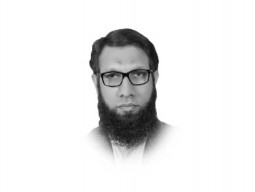


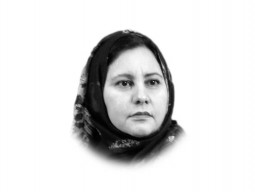


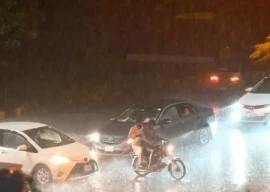
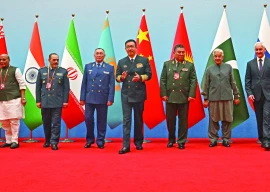

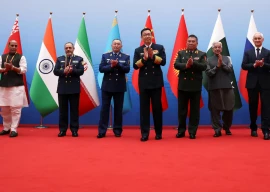





COMMENTS
Comments are moderated and generally will be posted if they are on-topic and not abusive.
For more information, please see our Comments FAQ